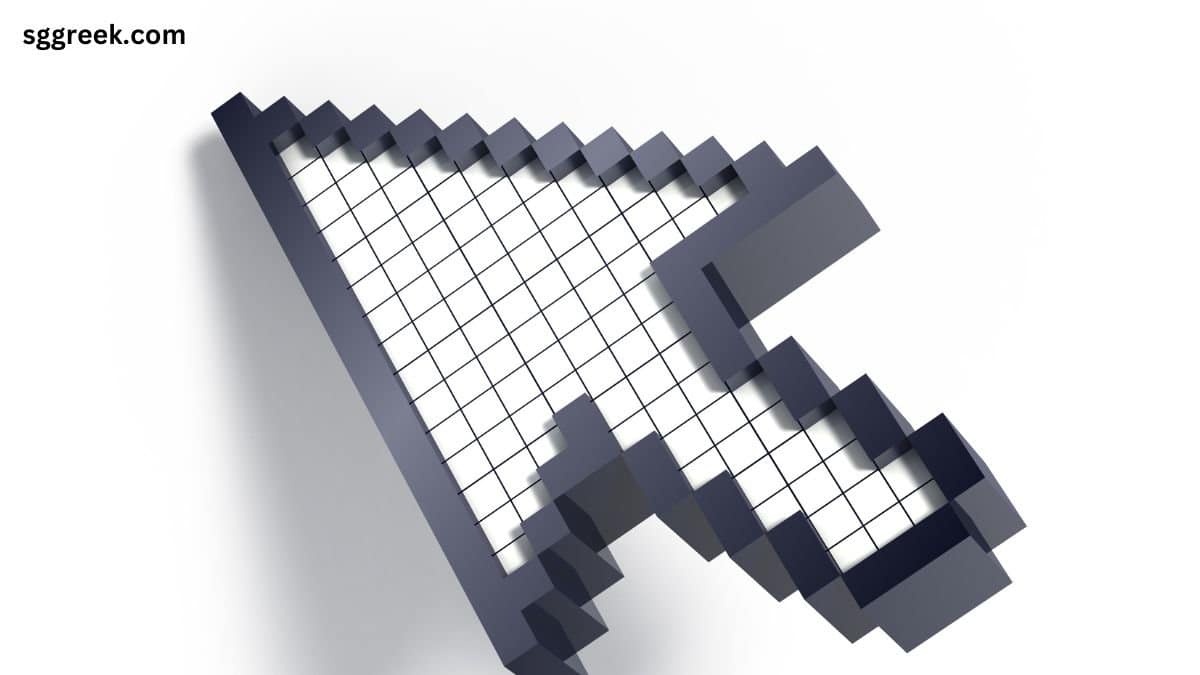
Table of Contents
Introduction
In today’s digital age, the cursor is something we use every day but rarely stop to think about. When you move your mouse or tap on a trackpad, the little arrow (or sometimes a spinning wheel) follows your movements. But not all cursors are created equal. One of the most interesting developments in cursor technology is Orformi Cursors.
History of Cursors in Technology
Cursors have been around since the early days of computing. Back then, they were simple tools, primarily an arrow or block used to point to objects on a screen. Over time, cursors evolved with technology, becoming more than just a tool for pointing; they became an integral part of human-computer interaction.
How Cursors Have Shaped Interaction Design
In the realm of web design and digital interfaces, cursors play a significant role. They act as a visual connection between users and the content they are interacting with, shaping how users perceive and engage with digital environments.
What Makes Orformi Cursors Unique?
Orformi Cursors are known for their customizable nature, allowing users to change the look, feel, and functionality of the traditional cursor. This opens up new possibilities for making digital interfaces more interactive, engaging, and visually appealing.
The Technology Behind Orformi Cursors
Built using modern web technologies like CSS, JavaScript, and SVG, Cursors offer fluid animations and designs that can adapt to various interactions, making them stand out in the world of UI/UX.
Types of Orformi Cursors
Standard vs. Custom Cursors
Orformi Cursors come in two main types: standard and custom. Standard cursors are the default options available in most operating systems, while custom Orformi Cursors can be designed to fit the aesthetic of a website or application.
Dynamic and Static Cursors
There are also dynamic cursors that change based on user interaction and static cursors that remain the same regardless of what the user is doing. Orformi Cursors offer both options, depending on the needs of the site or app.
Why Use Orformi Cursors?
Enhanced User Experience
The primary reason to use Orformi Cursors is to improve user experience. These cursors can provide visual feedback to users, making interactions smoother and more intuitive.
Aesthetic Appeal
In addition to functionality, Orformi Cursors can also enhance the visual design of a website, making it look more modern, fun, or professional, depending on the style you choose.
How Orformi Cursors Impact Website Design
- The Role of Cursors in Web Navigation: Cursors guide users through websites. By customizing them, you can make the navigation process more intuitive or align it with your brand’s personality, making the user journey more cohesive.
- Practical Applications for Orformi Cursors: Orformi Cursors are particularly useful in gaming websites, creative portfolios, or any other site that wants to stand out visually and offer users a unique browsing experience.

How to Customize Orformi Cursors
Customizing Orformi Cursors involves using CSS or JavaScript. You can modify shapes, colors, and animations to create a cursor that fits your brand or enhances user interaction.
Tools for Designing Custom Cursors
There are several tools available for creating and customizing Orformi Cursors, including software like CursorFX and open-source libraries that help developers build unique cursor designs from scratch.
How to Install Orformi Cursors
Step-by-Step Installation Guide
Installing Orformi Cursors on your website involves adding custom CSS or JavaScript to your site’s code. Begin by choosing your cursor design, then integrate it into your website’s style sheet.
Platform-Specific Instructions
For WordPress users, there are plugins available that make cursor customization easier. For custom-built websites, manual integration via CSS and JavaScript is required.
Troubleshooting Orformi
- Common Issues and Solutions: One common issue is the cursor not displaying properly in all browsers. Ensure that your code is cross-browser compatible and test it across different environments.
- Ensuring Cross-Browser Compatibility: Using fallback options for browsers that don’t support custom cursors is a good practice. This ensures that users with older browsers still have a functional experience.
- Are Cursors Still Relevant on Mobile: Cursors are less relevant on mobile, but Cursors can still be used in certain contexts, like web-based mobile apps where users interact with stylus pens or external devices.
- How Orformi Cursors Work in Mobile Environments: On mobile, Orformi adapts to touch interactions, offering subtle visual cues to guide users, especially in hybrid or responsive web designs.
Future of Orformi Cursors
Predictions for Cursor Technology
- As technology evolves, so too will cursor design. In the future, we can expect cursors that integrate with augmented reality (AR) and artificial intelligence (AI), offering even more dynamic and immersive experiences.
- Integration with AI and AR: Orformi Cursors could potentially become smarter, adapting to user behavior in real-time and interacting with AR elements, making web interactions feel more futuristic.
Real-World Examples of Orformi Cursors
- Websites and Apps Using Orformi: Popular design-focused websites and interactive portfolios already use Orformi to stand out and create more engaging user experiences.
- Case Studies in Design: Several case studies have shown that custom cursors can increase user engagement and improve the overall UX of a site, particularly in creative industries like design, art, and gaming.
Conclusion
Orformi Cursors offers a unique and customizable way to enhance user interactions with websites and applications. Whether you want to improve UX, add a fun design element, or make your site stand out, Orformi Cursors provides a versatile solution. Remember to balance aesthetics with functionality and ensure cross-browser compatibility for the best results.


